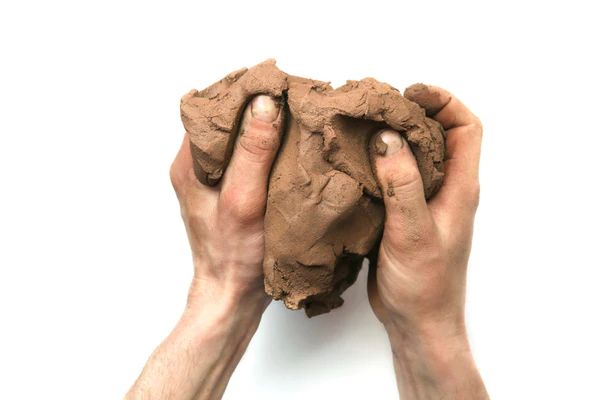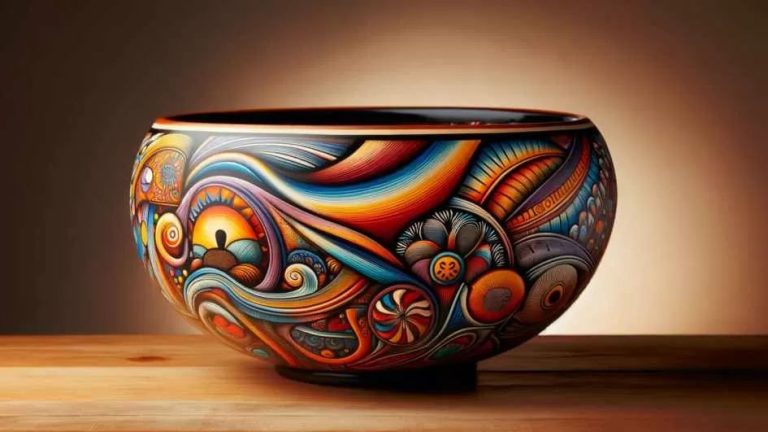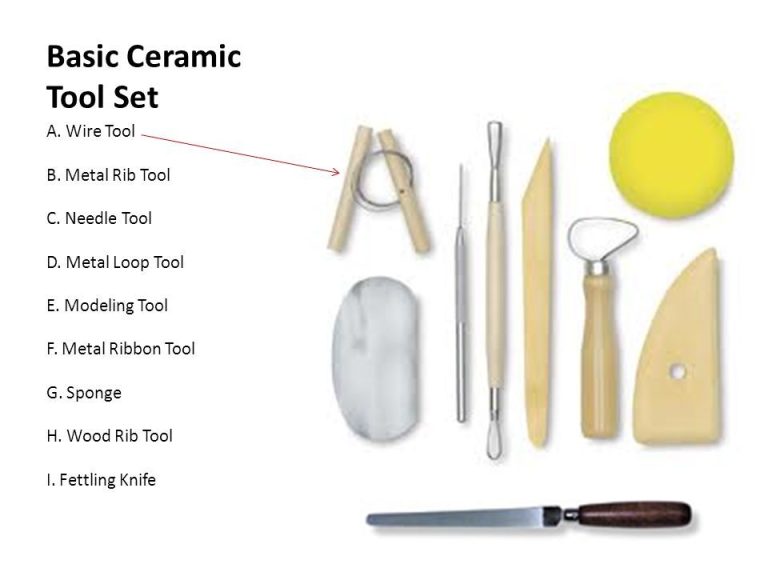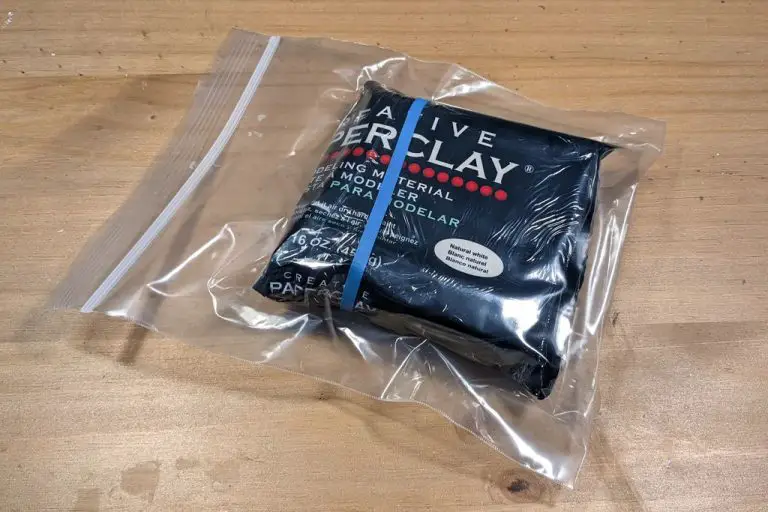Do Clay Pots Crack In Heat?
Clay pots are a common kitchen tool used for cooking, baking, and serving food for centuries across many cultures. Their earthy material and artisanal shapes provide warmth and add visual interest to the dining table. However, many cooks have experienced the frustration of pulling a cracked clay pot out of the oven. What causes these heat-induced cracks, and is there any way to prevent them? This article will examine the composition of clay, the firing process, thermal expansion, glazing techniques, recommended firing temperatures, clay thickness, dryness before firing, and heating/cooling rates. Understanding the science behind clay’s reaction to heat will shed light on why cracks happen and how to avoid them through proper handling.
Composition of Clay
Clay is made up of extremely small particles that have fused together over time through chemical, physical, and biological processes. According to the Encyclopedia Britannica, the main components of clay are silica, alumina, and water. Silica and alumina make up over 50% of the weight of clay [1]. When clay is exposed to high temperatures through firing, the silica and alumina particles start to fuse together. This fusion is what gives clay its hard, ceramic properties once it is fired. The small size of the particles, typically less than 0.002 mm, allows them to compact together and form these strong bonds during the firing process [2].
Firing Process
The firing process is a critical step in creating durable ceramic pieces. Firing refers to heating the clay objects in a kiln to high temperatures, usually between 1,832°F – 2,462°F (1,000°C – 1,350°C) (The Firing Process for Making Ceramics, 2019).
During firing, the clay undergoes vitrification, which is the transformation into a glass-like material. As the temperature increases, the clay particles begin to melt and fuse together through sintering. This makes the clay denser and less porous (Firing Clay: The Lowdown on the Ceramic Firing Process, 2023).
The vitrification process causes the clay to become much harder and more durable. Pieces fired to higher temperatures will be less porous and absorbant. This makes them more resistant to damage from impacts, heat, and water exposure (3 Stages of Firing Clay – A Beginner Guide to Firing Pottery, 2021).
Properly fired ceramic ware obtains its hardness and rigidity from the stability of the crystalline structure formed during firing. As clay particles fuse, it greatly reduces the risk of cracking and breakage (The Firing Process for Making Ceramics, 2019).
Thermal Expansion
All materials undergo some degree of expansion when heated. This thermal expansion also occurs with clay. As the clay heats up during the firing process, the material expands ever so slightly. This expansion applies internal stresses and strains on the structural integrity of the clay. If the expansion exceeds the strength of the clay body, it can cause cracks and fissures to form.
The amount of expansion depends on the clay composition, shape and thickness of the piece. But in general, clay expands by about 2-3% when fired. This may seem minor, but keep in mind pottery often has delicate shapes and thin walls. Even a small degree of expansion can generate sufficient force to crack weak points if the clay contains imperfections or inner stresses.
Rapid heating or cooling during firing can also amplify the stresses from thermal expansion, making cracks more likely. Carefully controlling the firing temperature and ramp rates when heating and cooling the kiln are key factors to minimize excess expansion issues.
Glazing
Glazing is an important process in creating clay pots that helps prevent cracking. When fired clay is unglazed, it is porous and will absorb any moisture it comes into contact with. This moisture absorption can lead to cracks as the water penetrates into the clay body. As noted in the article How To Glaze Pottery: Guide To Ceramics Glazing, applying a glaze creates an impermeable glass-like coating that seals the clay surface.
The glaze fills in the pores of the clay and creates a watertight barrier. This prevents moisture from being absorbed into the clay body. Unglazed pots that are frequently exposed to moisture from plants, food, or liquids are susceptible to cracking from the moisture absorption. Properly glazing pots provides protection and helps prevent this leading cause of cracks in fired clay. As the article How to Glaze a Pot explains, glazing makes clay vessels functional for containing liquids without leakage or cracking.
Firing Temperature
Higher firing temperatures make clay less likely to crack. When clay is fired at higher temperatures, it vitrifies and becomes denser, harder, and less porous. This makes it less prone to absorbing moisture that could cause cracks when rapidly heated or cooled. Most stoneware clays reach vitrification between 2,200°F and 2,300°F, while porcelain vitrifies at around 2,450°F 1. Firing to these high temperatures minimizes the chance of clay cracking during firing by reducing its porosity and potential for thermal shock.
In contrast, firing at lower temperatures, like bisque firing around 1,800°F, leaves the clay in a more porous, fragile state where it can still absorb moisture. This moisture turns to steam and expands rapidly during firing, which can cause cracking. So firing to higher temperatures is key for creating dense, vitrified clay that resists cracking in the kiln heat.
Clay Thickness
One of the most common causes of cracking in clay pots is uneven wall thickness. Thinner areas of clay are more prone to cracking during drying and firing than thicker sections. This is because thicker clay holds moisture more evenly as it dries. Thinner areas dry out faster, which creates internal stresses that can lead to cracks (Wheel and Clay, 2023).

To prevent thickness issues, aim to maintain an even wall thickness throughout your pottery. Any abrupt changes in thickness should be avoided. Generally, thicker walls around 3/4″ or more are less prone to cracking versus thinner sections under 1/4″ (The Pottery Wheel, 2020). The thickness should also be proportional to the overall size and design of your piece.
Checking for consistent wall thickness while throwing on the wheel or handbuilding is key. Use calipers or rulers to measure across the walls at different sections. Pay extra attention to the bottom, rim, and any decorative elements like handles or spouts (The Pottery Wheel, 2020). Adjust the thickness as needed before the clay dries and cracks appear.
Dryness Before Firing
Ensuring clay is completely dry before firing is crucial to prevent cracking and exploding. Wet clay contains water which expands rapidly when heated, putting stress on the structural integrity of the clay. As The Pottery Wheel states, “This puts stress on the clay and can cause it to break or sometimes explode. It’s therefore considered best practice to let your pottery dry as much as possible before firing.” Allowing adequate drying time enables the water to fully evaporate so no rapid expansion occurs during firing. Rushing the drying process risks leaving moisture trapped in the clay, making cracks and breakage inevitable. Being patient and permitting thorough drying prior to firing is essential to create durable, flawless finished pieces.
Heating and Cooling Rate
The rate at which clay is heated up and cooled down is a critical factor in preventing cracks from thermal shock. As mentioned in the Thermal Expansion section, clay expands when heated and contracts when cooled. If the temperature changes too rapidly, stresses are created in the clay body that can exceed its strength and cause cracks or complete fracture.
Best practices recommend slow heating and cooling of clay to minimize thermal shock. The clay should be heated gradually, no faster than 60-120°F per hour (Source). Similarly, cooling the ware slowly after firing, around 100°F per hour, allows the clay time to adjust and prevents issues from rapid contraction. Slow heating and cooling rates keep the temperature uniform throughout the piece, preventing localized stresses.
Faster heating or cooling risks temperature differentials inside the clay that generate internal stresses. Thicker or larger pieces are more prone to thermal shock from uneven heating. Following proper heating and cooling procedures is key to avoiding cracks from the expansion and contraction of the clay body.
Conclusion
Several factors determine whether clay pots will crack in heat. The clay body composition, glaze ingredients, firing temperature, clay thickness, dryness before firing, and heating/cooling rates all play a role. More porous earthenware clays with lots of organic inclusions are more prone to cracking than stoneware or porcelain. Adding a glaze provides a glassy coating that can help prevent cracking. Firing too fast can create internal stresses leading to cracks. Thick, uneven clay walls take longer to heat evenly, increasing cracking risk. Allowing adequate drying time ensures the clay and glaze have released any water before firing. Slow, consistent heating and cooling rates prevent thermal shock. Considering all these variables allows potters to successfully fire their work without cracking.





